Cats might be pros at looking dramatic, but that cone isn't just for show—it's there to protect the incision site after neuter surgery. So, when should the cone be removed after neutering a cat? Most cats need to keep it on for 5 to 7 days, but if the surgical site is still healing, it might take a little longer.
If your kitty has mastered the art of cone complaints, you're not alone! Some cats sulk, some freeze, and others plot their great escape. But don't worry—there are ways to make the process smoother.
Keep reading to find out how long they really need it, plus tips to keep them comfortable and cone-free sooner!
Why Your Cat Needs a Cone After Neutering

Your cat may think the e-collar is a cruel joke, but it's actually their best friend after neuter surgery. The cone stops them from licking or biting the surgical incision, which could cause infection, irritation, or even torn sutures. While it might seem harmless, even a little excessive licking can slow down the healing process.
Cats are fast, flexible, and determined—traits that make them excellent escape artists but terrible surgery patients. Wearing a cone ensures the incision site stays protected while your kitty recovers. With direct supervision and patience, they'll be back to their usual antics in no time!
How Long Should a Cat Wear a Cone After Being Neutered?
Most cats need to wear their Elizabethan collar for 5 to 7 days after neuter surgery, but every kitty heals at their own pace. If the surgical site is still red or swollen, the cone may need to stay on a little longer. For cats with complications or slower healing, the vet might recommend up to 14 days of cone time.
Patience is key! Taking the collar off too early may cause licking, infection, or loose stitches. Keep an eye on your kitty's incision and follow your veterinarian's advice. Before you know it, they'll be cone-free and back to ruling the house!
Factors That Influence Cone Duration
Every cat heals differently, so the time they need to wear a cone can vary. Some kitties bounce back quickly, while others take their time. Here are a few things that can affect how long your cat needs their e-collar:
- Age and Health Condition. Kittens and young, healthy cats usually recover faster than older cats or those with pre-existing health issues. Their bodies heal quickly, meaning they may need their cone for the shorter end of the 5 to 7-day range.
- Activity Level. High-energy cats who love to jump and zoom around may need to wear their cone longer. Too much activity can put stress on the incision site, increasing the risk of swelling or irritation.
- Incision Type and Healing Speed. If the vet used tissue adhesive instead of sutures, healing may happen faster. However, if the wound was left open or required stitches, your cat may need extra monitoring to ensure proper recovery.
- Licking or Chewing Habits. Some cats seem obsessed with licking their surgical site, while others leave it alone. If your cat constantly tries to chew or lick their incision, they'll need the cone longer to prevent complications.
- Signs of Infection or Complications. If you notice redness, swelling, discharge, or bleeding, your vet may suggest keeping the cone on until your kitty is fully healed. Watching for any signs of infection will help prevent delays in recovery.
Can I Take the Cone Off My Cat After 7 Days?
After 7 days of cone life, your cat is probably giving you a major side-eye, wondering if their Elizabethan collar is a permanent accessory. But is it time to remove it?
In many cases, yes—most cats heal within a week. However, some need extra time, especially if there are complications or the surgery site isn't fully healed.
Before you set your kitty free, check for signs that their surgical site is safe. In the next sections, we'll break down the healing stages, signs that your cat is ready, and what to do if they're not quite there yet.
Understanding Healing Stages in Neutered Cats
Healing doesn't happen overnight! Your cat's surgical incision goes through several stages before it's strong enough to handle life without the cone. Here's a breakdown of what to expect:
Days 1-3: Swelling and Sensitivity Right after neuter surgery, the incision site may look a little red and swollen. Your cat might be extra restless or try to lick the area, so keeping the cone on is a must.
Days 4-5: Early Healing The surgical site starts to look better, with less redness and swelling. If your cat is acting normal, eating well, and ignoring their incision, you're on the right track!
Days 6-7: Almost There The wound should be closing up, and the stitches or tissue adhesive should be holding strong. Some kittens heal quickly, but others may still have mild swelling.
Days 7-10: Vet-Approved Checkpoint If your vet gave you a check-up appointment, this is usually when they'll confirm healing. If the incision looks great and there's no discharge or irritation, it might be time to remove the cone!
Days 10-14: Final Healing for Some Cats If the incision was left open or required extra care, your cat may need direct supervision for a few more days. By week two, they should be fully healed.
Signs That Your Cat Is Ready to Have the Cone Removed
Not sure if your cat is cone-free material yet? Look for these clear signs that they're ready:
- No excessive licking
- No redness or swelling
- No discharge or bleeding
- The incision is fully closed
- Cat is acting normal
If your kitty is still showing signs of discomfort or licking the incision site, the cone should stay on a little longer. Monitor their healing closely and check with your vet if you're unsure!
What Are the Risks of Removing the Cone Too Early?
Taking off your cat's e-collar too soon might seem like a relief, but it can lead to serious complications. The surgery site needs time to heal, and removing the cone early could cause setbacks. Here's what could happen if your kitty gets free too soon:
- Higher Risk of Infection at the Surgical Site. Licking and chewing introduce bacteria to the incision site, increasing the risk of infection. If you notice redness, swelling, or discharge, your cat may need a vet visit.
- May Lead to a Reopened Incision. The surgical incision isn't fully closed for several days. Jumping, scratching, or licking could cause it to reopen, leading to bleeding and delayed healing.
- More Risk of Swelling and Irritation. Without the cone, your cat may irritate their stitches, leading to swelling. Some tissue adhesive dissolves on its own, but too much chewing can interfere with the process.
- May Increase Healing Time. Removing the Elizabethan collar too early can make your cat's recovery take longer. Keeping it on for the full recommended time ensures they heal properly and without complications.
How to Monitor Your Cat for Signs of Distress or Infection
Keeping a close eye on your cat's healing process is key to a smooth recovery. Watch for these warning signs:
- Redness or swelling at the incision site
- Discharge or bleeding from the wound
- Excessive licking or chewing
- Pawing at the surgical area
- Unusual behavior, like hiding or refusing to eat
If you notice any of these, contact your veterinarian. Direct supervision and patience will help your pet stay safe while healing!
Signs That Your Cat Is Healing Properly
Not sure if your kitty is on track to a full recovery? There are a few clear signs that things are going smoothly!
A healing surgical site, normal behavior, and no signs of infection mean your cat is on the right path. While most cats recover within a week, it's always best to keep an eye on them.
In the next sections, we'll cover how to monitor the incision site, spot signs of discomfort or infection, and figure out when your cat is ready to ditch the cone for good!
Monitoring Surgical Sites for Infection or Discomfort
A clean, smooth incision site is a great sign, but any changes could mean trouble. Keep an eye out for these warning signs:
- Inflammation, puffiness, or fluid around the incision
- Frequent licking or biting at the surgical site
- Bleeding or an incision that looks open
Gently check your cat's stitches or tissue adhesive daily. If anything looks unusual, contact your veterinarian. Direct supervision and keeping the e-collar on will help prevent complications and keep healing on track!
How to Tell If Your Cat Is Ready to Be Cone-Free
Before taking off the cone, make sure your cat's surgical incision is completely healed. Look for these signs that they're ready to go collar-free:
- Incision site is fully closed
- No redness, swelling, or discharge
- No excessive licking or chewing
- Cat is acting normal and eating well
If everything checks out, your kitty may be ready to be cone-free! But if you're unsure, always check with your vet to avoid setbacks in recovery.
How to Comfort Your Cat While Wearing the Cone
Wearing a cone isn't exactly your cat's idea of fun, but you can make the experience less stressful. Simple changes, like adjusting their food and water bowls or creating a cozy rest area, can go a long way in helping them feel more at ease. Male cats and kittens might be extra wiggly, so keeping them calm and comfortable is key!
We'll cover tips to keep your cat relaxed, how to prevent them from bumping into things, and how CBD cat treats may help make their healing period a smooth transition!
Tips for Keeping Your Cat Calm and Comfortable
A cone-wearing cat might feel frustrated, but with a few small adjustments, you can make their recovery easier. Here's how to keep them comfortable while they heal:
- Adjust Food and Water Bowls. The cone can make eating and drinking a challenge. Use shallow bowls or raised dishes to help your cat reach their food and water bowls without struggling. If needed, remove the Elizabethan collar under direct supervision during mealtime.
- Create a Cozy Resting Area. Your kitty needs rest to heal properly. Set up a soft, quiet space away from too much activity where they can relax without distractions. Keeping them calm helps prevent jumping or excessive movement that could affect their incision site.
- Provide Extra Affection. Many cats feel stressed when their routine changes, so offer extra love and attention. Gentle petting, playtime (if they're up for it), and soothing words can help ease their frustration while wearing the cone.
- Keep Them Distracted. Interactive toys or slow-feeder bowls can keep your cat mentally engaged and less focused on their e-collar. Avoid any toys that encourage jumping or rough play to keep their surgical site safe.
How to Prevent Your Cat from Bumping Into Things
Cats aren't used to having a giant plastic collar around their head, so bumping into furniture is bound to happen. Here's how to keep your cat from getting stuck or frustrated:
- Clear Pathways. Move chairs, small tables, or other obstacles that could get in the way of your cat's cone. Creating a wide, open space will help prevent bumping into objects while they navigate the house.
- Use Soft Barriers. If your cat keeps hitting walls or doorways, try adding soft padding or towels to sharp edges. This helps lower the risk of injury while making it easier for your cat to move around without getting stuck.
- Keep Their Litter Box Accessible. A high-sided litter box might be hard to enter with a cone on. If your cat is struggling, try a low-entry litter box so they can do their business without frustration.
- Guide Them with Your Voice. If your cat seems confused or nervous, use gentle encouragement to guide them through spaces. Talking to them softly can help reduce stress while they adjust to their Elizabethan collar.
The Use of CBD for Cats While Wearing the Cone

CBD pet products may help your kitty stay calm during recovery, making cone time less stressful. HolistaPet offers high-quality CBD treats that support relaxation without the effects of THC. Here's how they may help:
- Promotes Calmness and Relaxation. Cats can feel skittish or restless while wearing a cone. CBD Calming Chews for Cats may offer a gentle, soothing effect that helps them feel a sense of ease while healing.
- May Support Discomfort Relief. Wearing a cone can be frustrating, but CBD may help with mild soreness from neuter surgery. Our CBD Cat Treats (Hard Chews) are a great way to reward your cat while also supporting their overall comfort.
- May Encourage an Appetite. Some cats lose their appetite due to stress, but CBD may ease stress and possibly encourage eating.
- Easy to Give, Even with the Cone. Both CBD Cat Treats and Soft Chews are small and bite-sized, making them easy to give—even for male cats or kittens adjusting to the cone. Just drop a treat near their food bowl, and they'll happily snack away!
Using Cone Alternatives: Soft Collars and Inflatable Cones
Not a fan of the plastic cone of shame? Good news—there are cone alternatives that can keep your kitty comfortable while still protecting the incision site.
Soft collars and inflatable cones are great options for many cats, offering a less bulky and more flexible solution. But are they the right choice for your pet? Here's what you need to know:
-
Soft Collars: More Comfortable, Less Restrictive
Made from padded fabric, soft collars let your cat move more freely while still preventing excessive licking. They're lightweight and less awkward, making them a favorite for calmer cats. However, they may not be strong enough for cats who are determined to reach their incision site. -
Inflatable Cones: Less Bulky, More Visibility
These donut-shaped collars offer a comfortable fit without blocking your cat's vision. They're great for mobility, allowing your kitty to eat, drink, and nap without the awkwardness of a traditional cone. But for flexible cats, inflatable cones may not provide enough protection, especially for surgical sites near the belly or back legs. -
Traditional Cones: The Best Protection
While not the most comfortable, traditional Elizabethan collars offer full protection against licking and chewing. If your cat is persistent in messing with their surgical incision, this remains the safest choice. Some cats adjust quickly, but others may need a little extra TLC to stay comfortable. -
Which Option Is Best for Your Cat?
Every cat is different, so the best choice depends on their activity level and behavior. If your vet approves, a soft collar or inflatable cone might be a great alternative. Just make sure your pet can't still reach the wound—otherwise, stick with the classic cone until they're fully healed!
How to Gradually Transition Your Cat Without the Cone
Your kitty has worn cones like a champ, but now it's time for freedom! Taking the Elizabethan collar off too soon can lead to complications, so a gradual transition is the best way to go. Some cats adjust quickly, while others need extra direct supervision to prevent excessive licking or causing irritation to their surgical site.
We'll go over how to reduce cone usage, when to monitor your cat closely, and how to make sure they're fully healed before going completely cone-free!
Reducing Cone Usage: The Process of Phasing It Out
After your cat has wore cones for several days, you might be tempted to take it off completely. But easing them into a cone-free life is key to avoiding setbacks. Here's how to do it:
- Start with Supervised Breaks. Remove the cone for short periods under direct supervision. If your cat starts causing irritation to the surgical site by licking or chewing, put it back on.
- Increase Break Times Gradually. If your cat is ignoring the incision, extend their cone-free time in small increments. Keep checking for redness, swelling, or discharge at the surgery site.
- Watch for Setbacks. Some cats act normal at first but then start licking when left alone. If this happens, they may need the e-collar a little longer to fully heal.
Keeping a Close Eye on Your Cat During the Transition
Even after the cone comes off, your cat still needs close monitoring to ensure they heal properly. Keep an eye out for these signs:
- No excessive licking or chewing at the incision site
- No signs of redness, swelling, or discharge
- Cat is eating, drinking, and acting normal
If your kitty starts pawing at the wound or showing signs of discomfort, they may need to wear the cone a little longer. Keep a leash on their activity and check in with your vet if anything seems off!
When to Seek Help from Your Veterinarian
Most cats handle neuter surgery like pros, but sometimes, things don't go as planned. If your cat seems uncomfortable even with pain medication, or if you notice swelling, discharge, or excessive licking, it's time to call your vet. Many cats heal without issues, but some need extra care to prevent complications.
Signs that require a trip to the veterinarian include:
- Redness or bleeding at the surgical site
- Incision looks open or infected
- Refusing food or water for more than a day
Your vet knows best, so if something feels off, don't wait! Veterinary medicine is there to ensure your kitty heals properly.
Final Thoughts on Cone Usage After Neutering
The cone of shame may not be your cat's favorite fashion statement, but it plays a huge role in protecting their surgical site. Most cats need to wear their e-collar for about 5 to 7 days, though some may require extra time. Taking the cone off too soon can cause issues, so make sure your cat is fully healed before giving them the green light to go cone-free.
If your cat seems stressed, try natural calming solutions like HolistaPet's CBD Cat Treats or CBD Calming Chews for Cats. CBD may help them stay relaxed while they recover. Whether it's neuter surgery recovery or everyday wellness, HolistaPet has high-quality pet products designed to support dogs and cats at every stage of life!


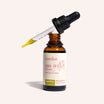

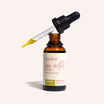


![Probiotics For Dogs [Soft Chews] - HolistaPet](http://www.holistapet.com/cdn/shop/files/Probiotic-Infographic-1_472d7a29-e30c-435a-9638-1365d8c3a9f9.jpg?v=1725384841&width=104)
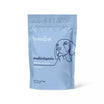
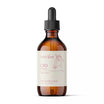


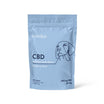
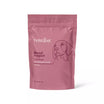
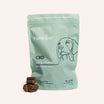
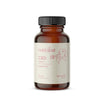
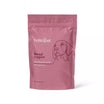
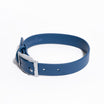
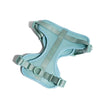
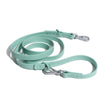
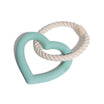
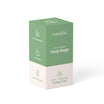
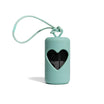


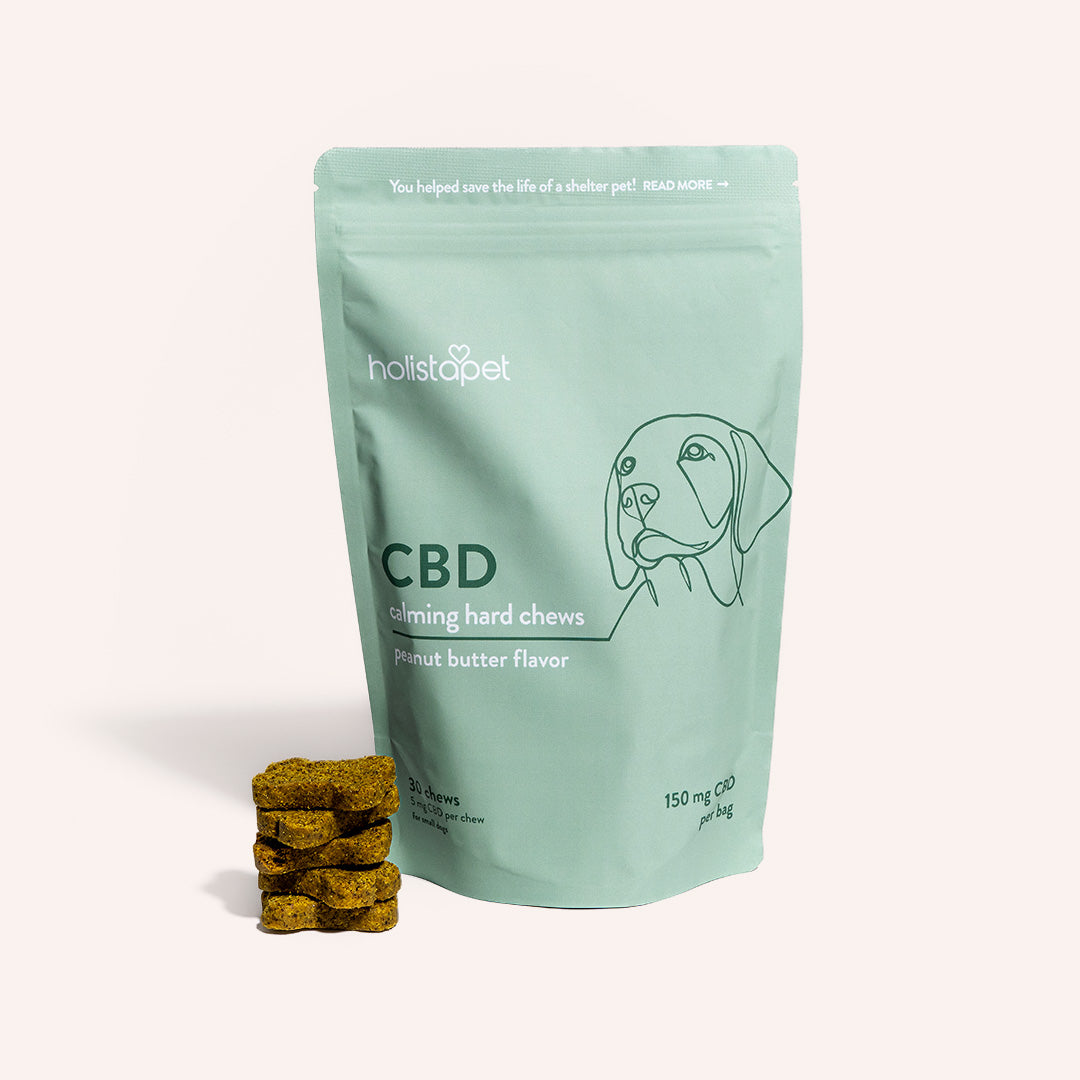
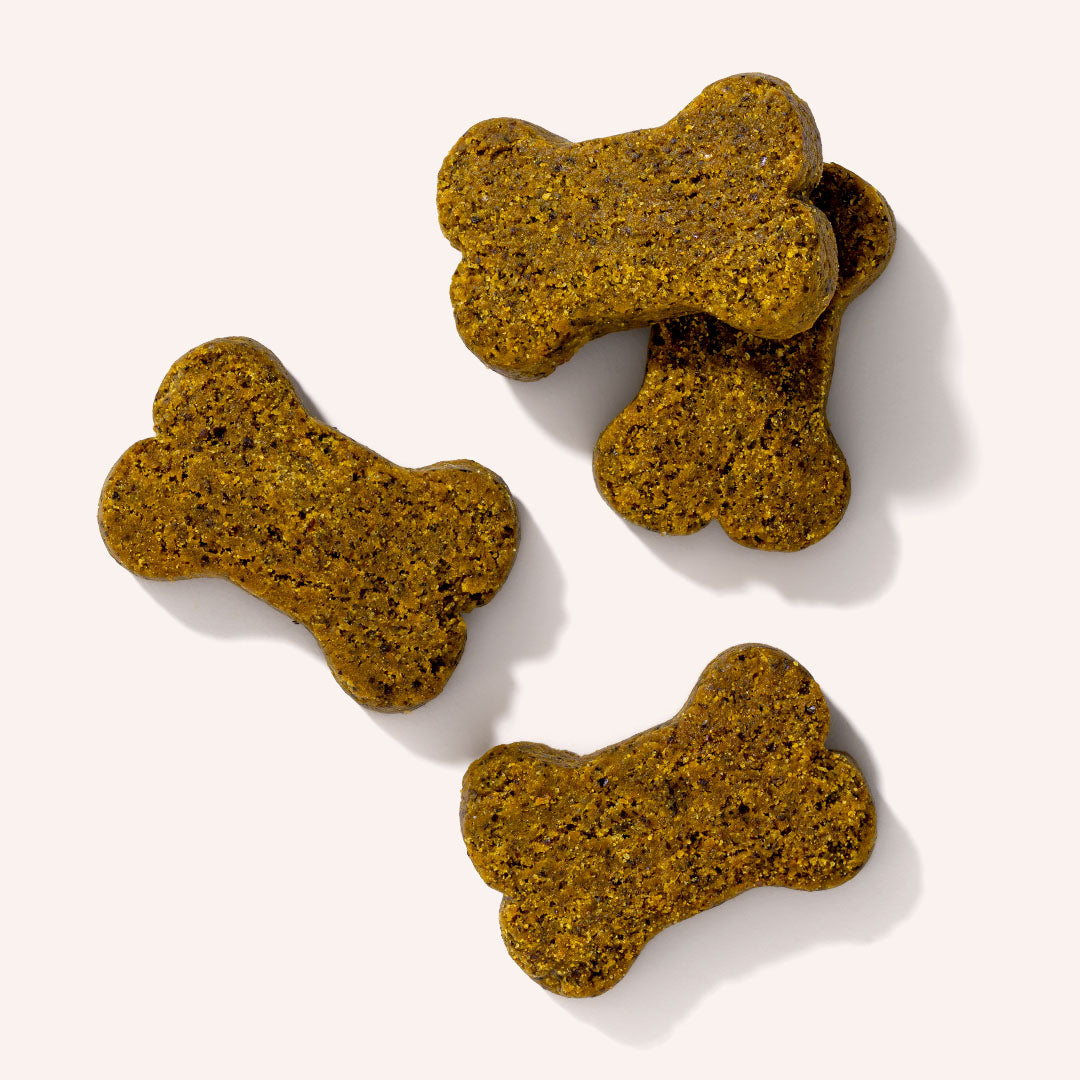
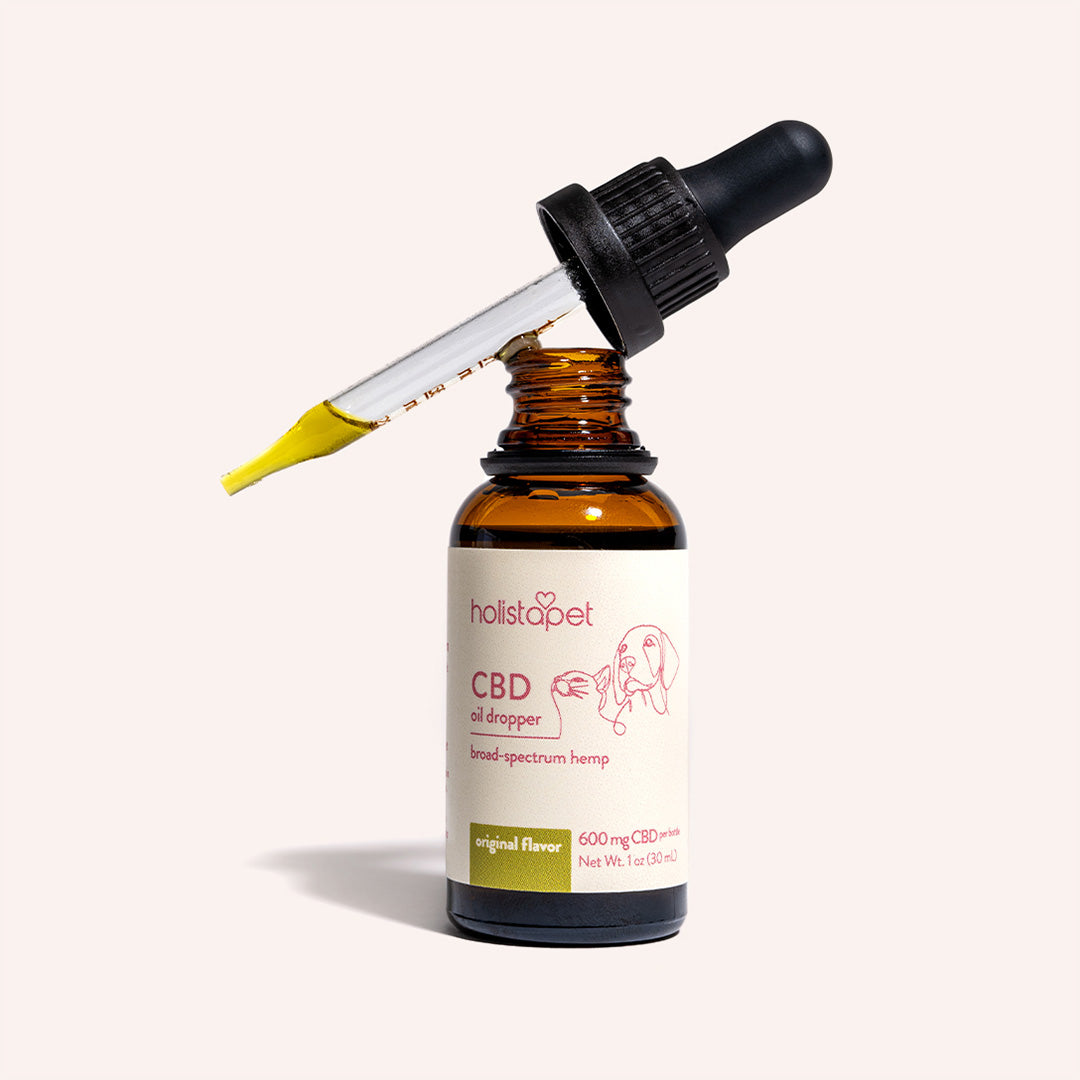
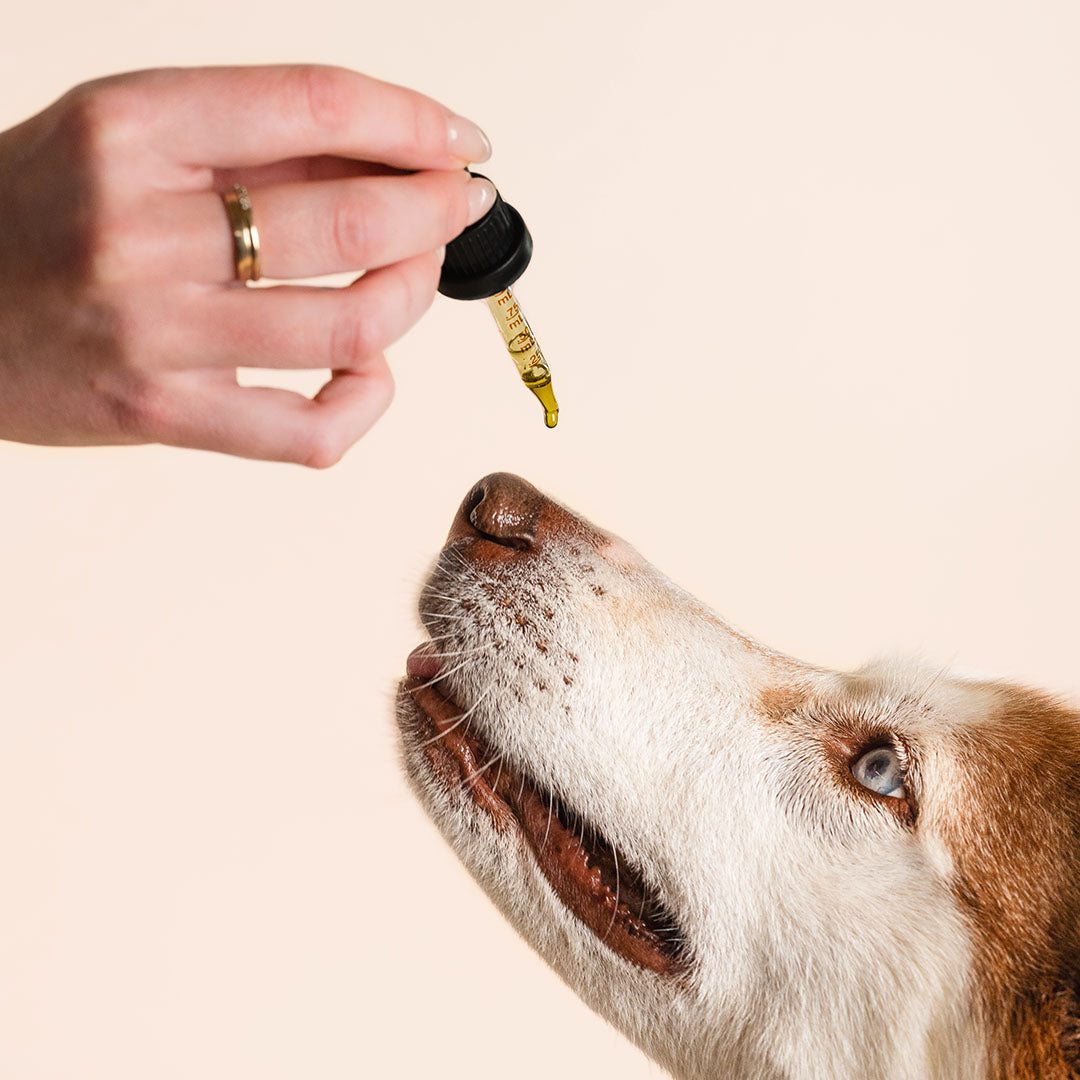
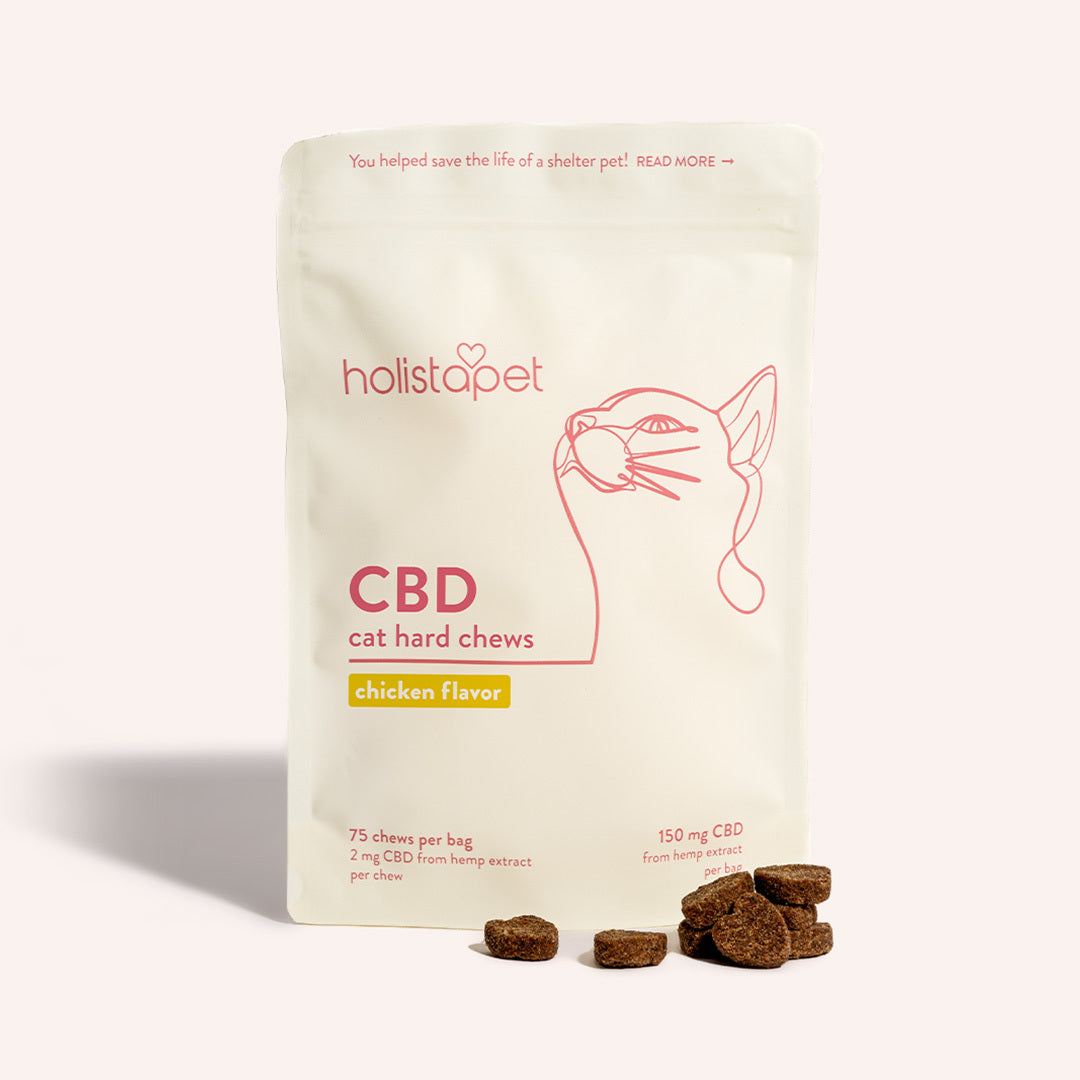
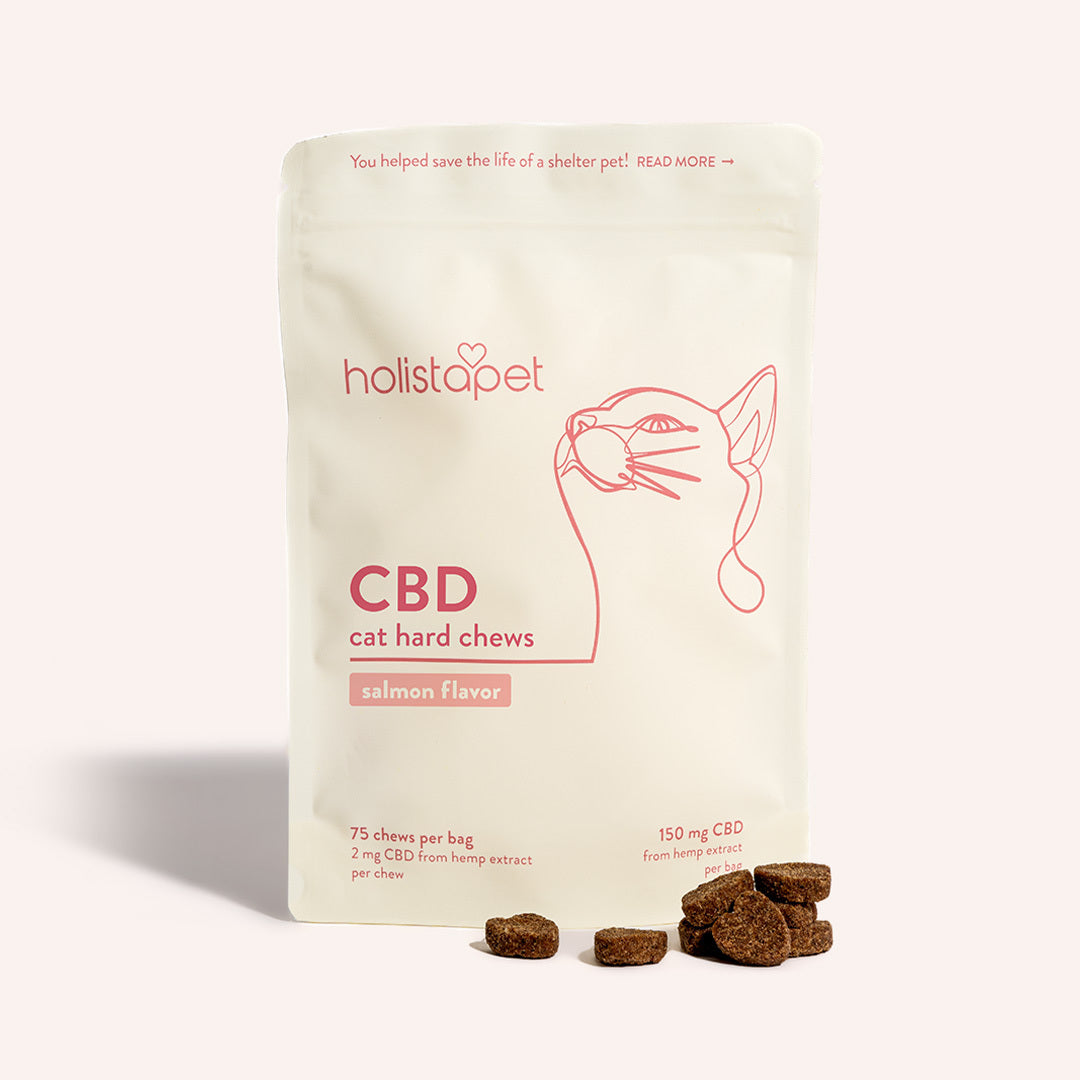
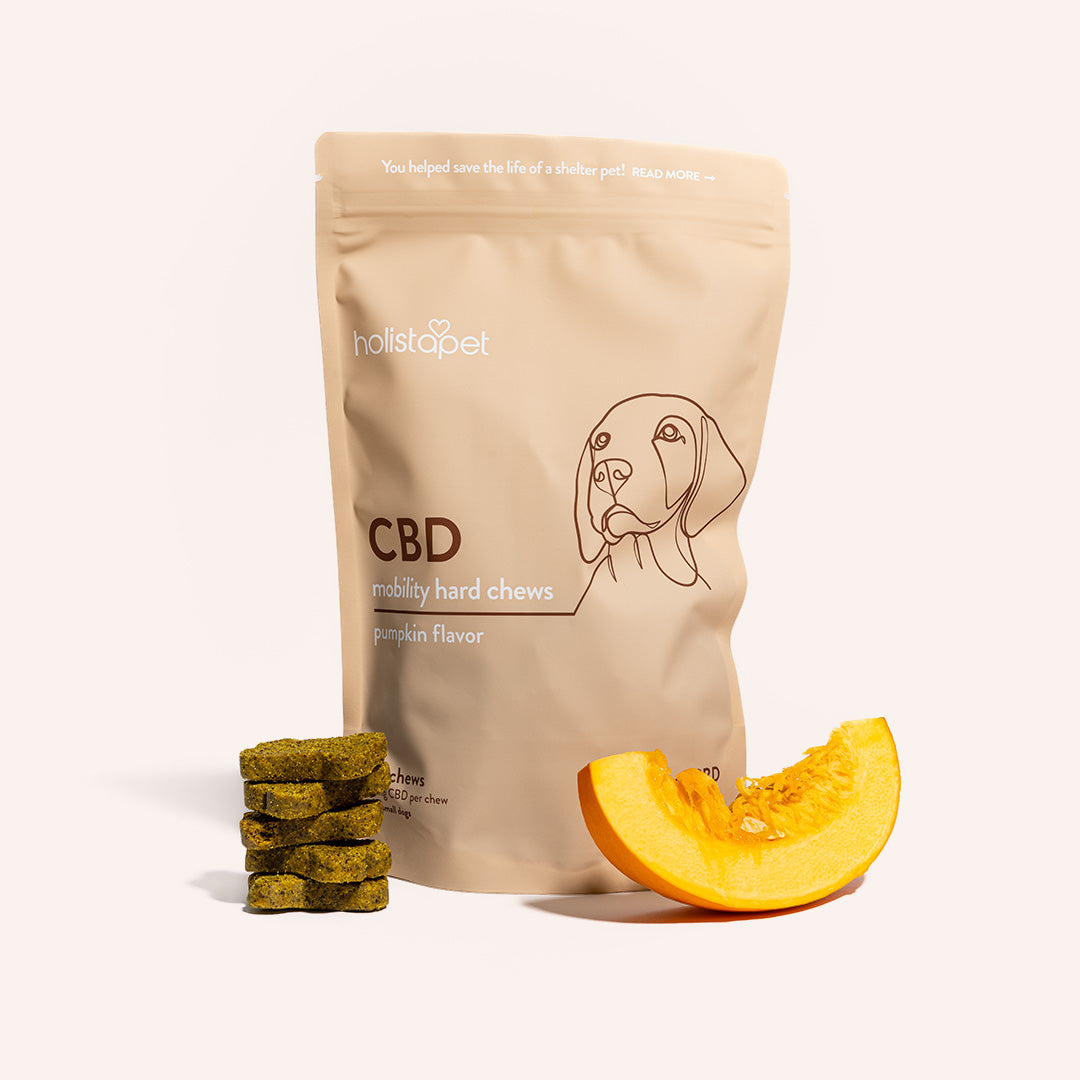
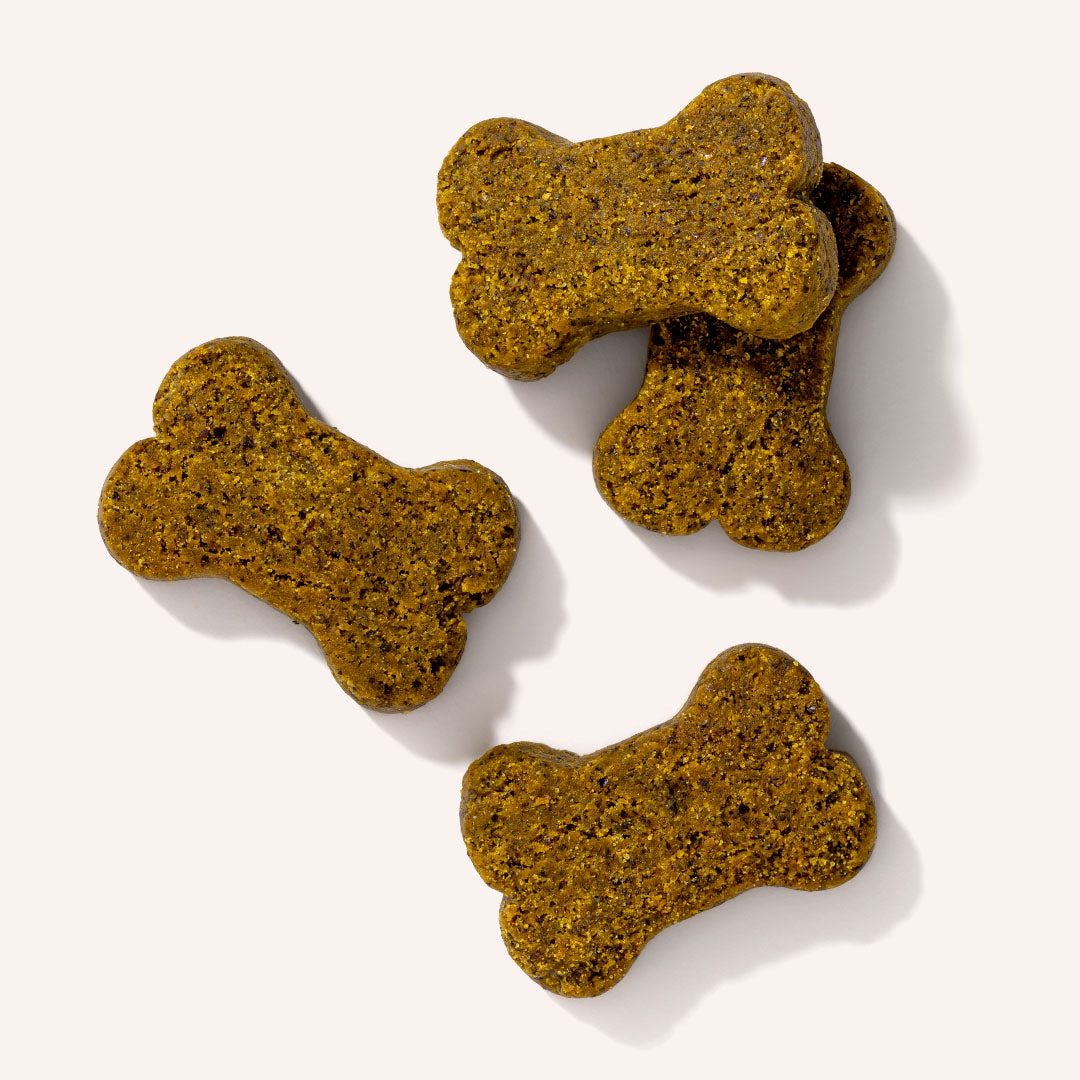

Leave a comment
All comments are moderated before being published.
This site is protected by hCaptcha and the hCaptcha Privacy Policy and Terms of Service apply.